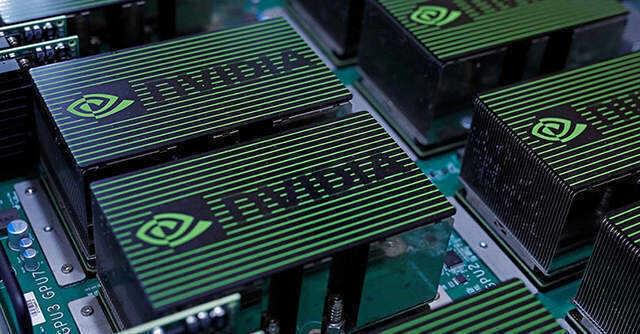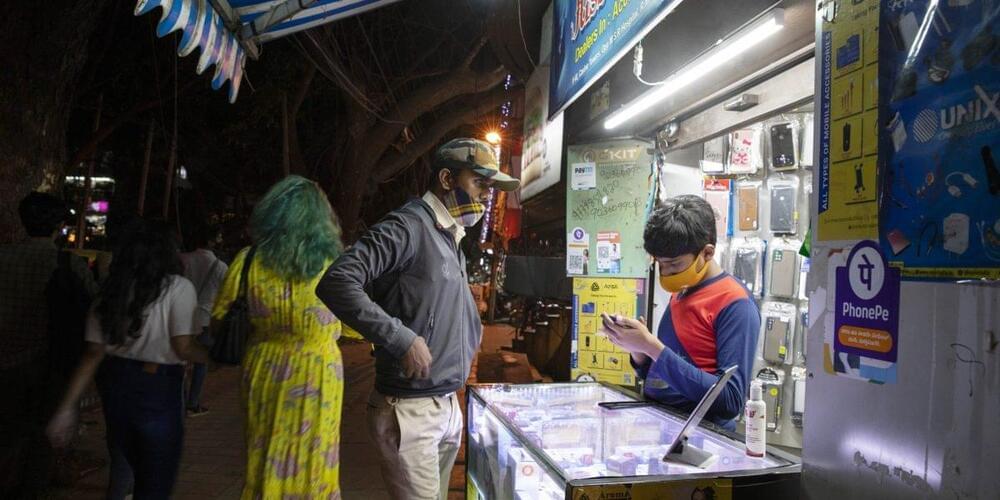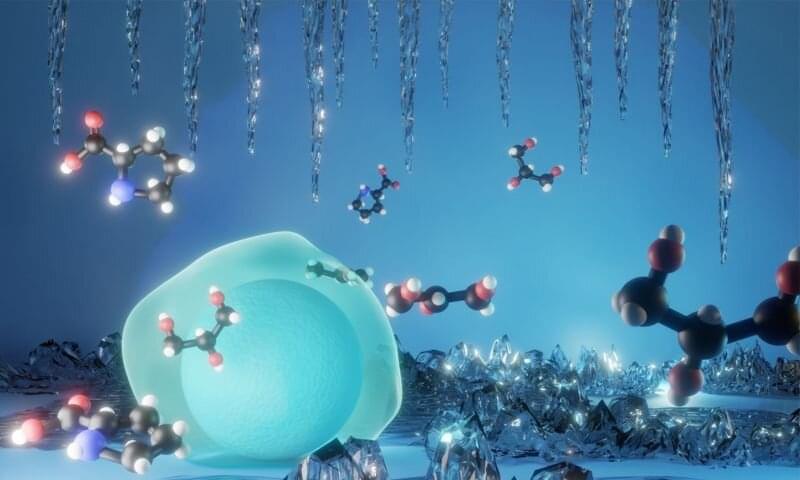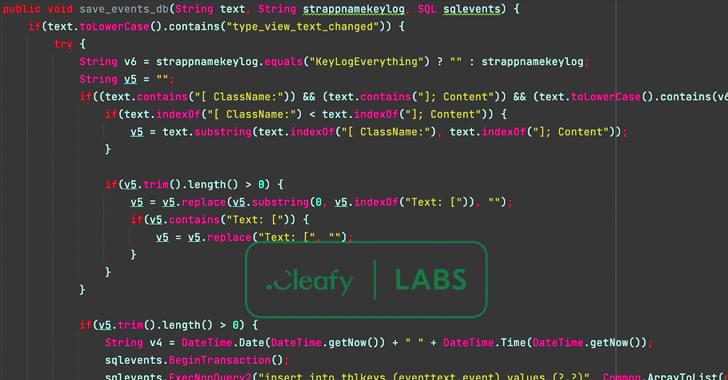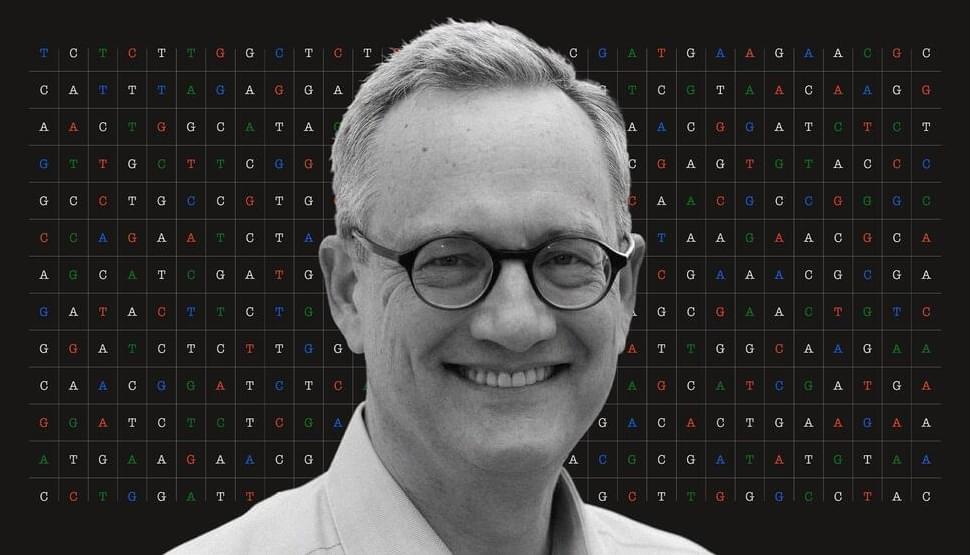A French startup is turning fish skins into leather. It could help keep food waste out of landfills while using less polluting tanning methods.
More World Wide Waste Videos:
Meet The Woman Who Turns Trash Into High-End Furniture That Costs Thousands | World Wide Waste.
https://youtu.be/jvID1DzlVow.
A Garbage Mountain Burned For Months — But These People Couldn’t Leave | World Wide Waste.
How Sand Made From Crushed Glass Rebuilds Louisiana’s Shrinking Coast | World Wide Waste.
#Fish #WorldWideWaste #BusinessInsider.
Business Insider tells you all you need to know about business, finance, tech, retail, and more.
Visit us at: https://www.businessinsider.com.
Subscribe: https://www.youtube.com/user/businessinsider.
BI on Facebook: https://read.bi/2xOcEcj.
BI on Instagram: https://read.bi/2Q2D29T
BI on Twitter: https://read.bi/2xCnzGF
BI on Snapchat: https://www.snapchat.com/discover/Business_Insider/5319643143
Boot Camp on Snapchat: https://www.snapchat.com/discover/Boot_Camp/3383377771
Fish skin leather could fight restaurant waste | world wide waste | business insider.
